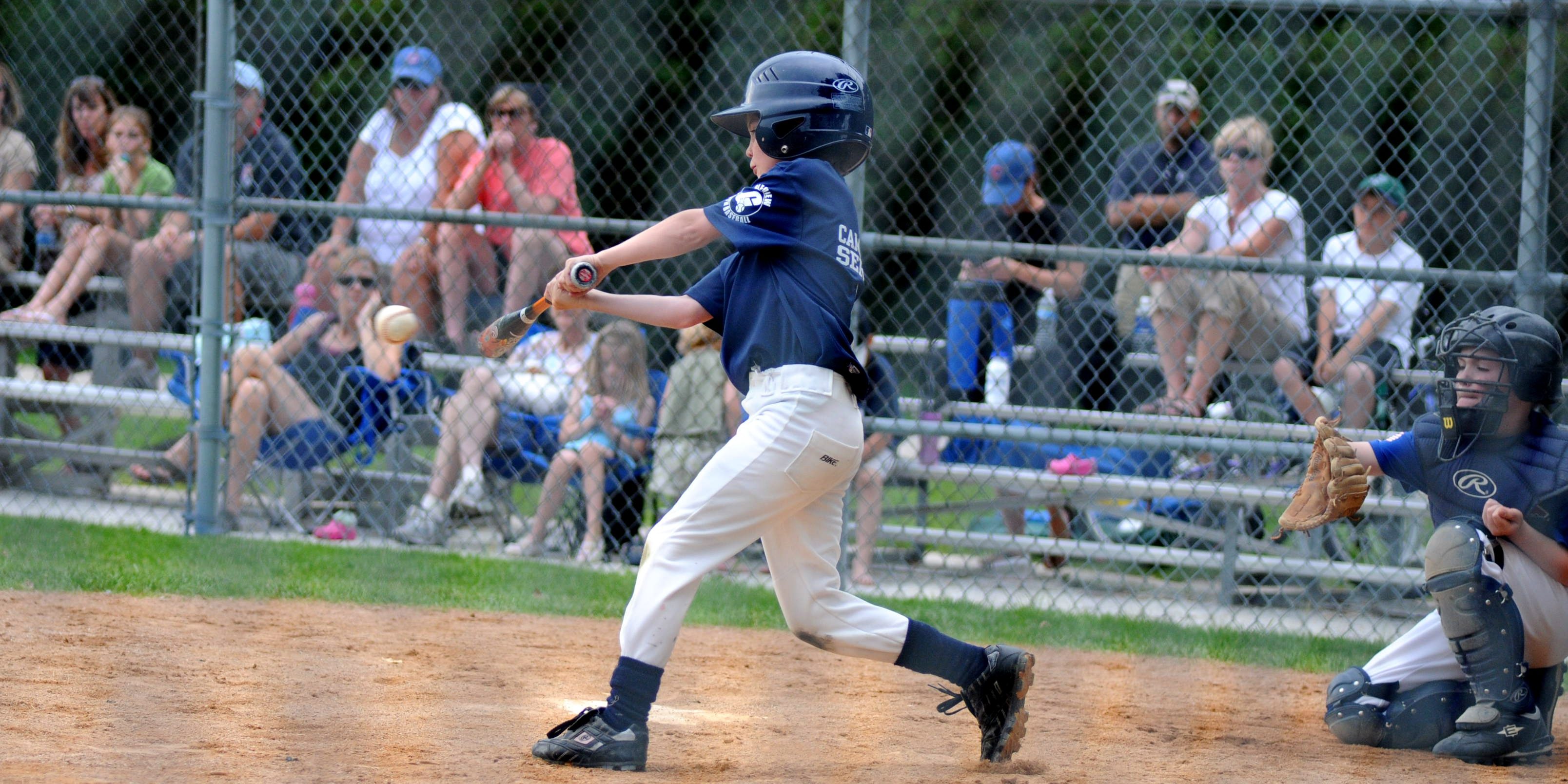It’s September! Like a “New Year”, with bright expectations and new experiences. It also means it is back to School, back to routine … back to driving the kids to all their scheduled activities!
Let’s talk about those activities for a moment. While I think it’s great that we give our kids the opportunity to learn new skills and discover their passion (away from social media and electronic devices), I am often concerned with kids who are physically “over scheduled”. We enroll them in soccer, cross country, track, swimming, hockey, basketball, gymnastics, lacrosse, volleyball and dance (just to name a few) often “overlapping” sports simultaneously. We want to be good parents and give them every opportunity of exposure and possibility. These are also often the gifted kids with great potential. We want them to shine! However, here’s something frequently overlooked … they’re STILL GROWING.
While young people all over the world will happily play outside and engage in sports (without their phones) for hours, running back and forth, climbing, and jumping they usually play within their natural, physical limits; pausing to catch their breath and listen to their body, giving themselves time to adapt to the sport-specific activity. This is seldom the case in organized sports. Well-intentioned coaches, teachers, motivated athletes and keen parents create an environment that potentiates ‘over training’. The plan is to take a varied group of youth and in a short window of time make them a competitively successful team. Drills and training sessions meant to push them and bring out their best often cause injures some of which require frustratingly long periods of recovery. Without proper injury-management, these strain/sprain/overuse injuries heal inappropriately and unfortunately can affect the athlete long- term
So, what to do? How do we create sporting opportunity while respecting healthy growth? The answer is found in the principle of Adaptation. Everyone (especially youth) needs time to adapt. They must ease into new activities and intensities allowing for frequent but graded progressions of load. Learning proper body mechanics and form skills also play a significant role during this adaptation process. In the unhappy event that young athletes are injured, immediate appropriate rehabilitation toward recovery is essential. Their young body structures and systems are growing with various tissues developing at different rates.
This is not to say that children shouldn’t be encouraged toward high performance effort. Drawing out their best and increasing their skill are key components to any elite program. It’s all about controlling “how much” is done and each athlete’s response to that amount. Teach your child to listen to their body. Foster physical awareness and effective work/rest ratios. Never force training on an injured athlete. Get the help and direction they need to heal well and learn proper body mechanics. Avoid the destructive culture of ‘injury glorification’. It’s not ‘cool’ to be damaged. Giving a young athlete the ability to process body awareness in order to apply that information toward effective adaptation puts valuable responsibility onto them and prepares them for a successful future. Radically, this means giving them the permission to limit their effort.
Wise use of effort and energy built into body awareness and application of that awareness leads to healthy, effective adaptation. Have fun! Thrive! Celebrate! Dig deep! Practice lots! WIN! … Don’t get hurt!







